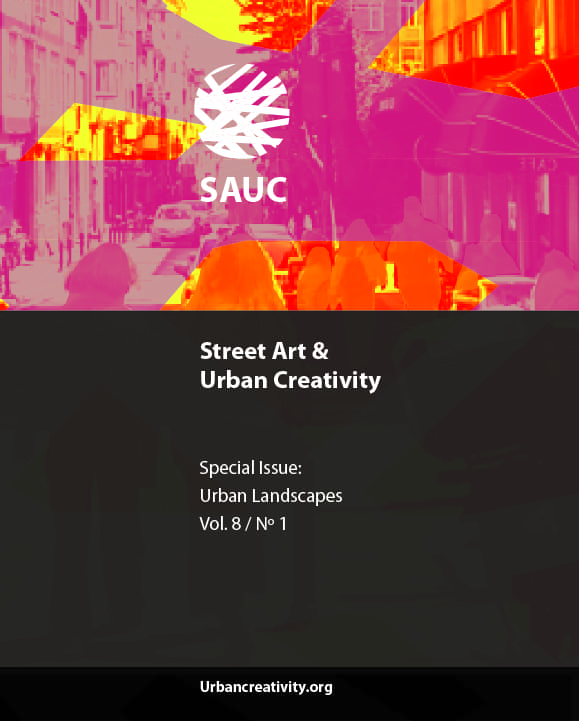Investigating the Relationship Between Water Element Designs and User Preferences
DOI:
https://doi.org/10.25765/sauc.v8i1.573Palabras clave:
Water Element, Form, Design, Landscape Perception, Color, LigthingResumen
Water elements are design features that complement the environmental landscape with their natural and artificial appearance, particularly in urban spaces. They are effective in boosting the quality of urban space by supporting perceived and real comfort in the area where they are found. In this study, a face-to-face interview photographic survey was conducted with 500 people chosen randomly in five different city squares in Istanbul, whereas participants were asked why they preferred particular water element forms, such as; (natural/geometric form, still / moving form, light / dark colored ground, angular/curvilinear form, natural/colored light). According to the results of the survey conducted, answers provided were grouped under the headings of ‘no reason,’ ‘physical feature,’ ‘psychological effect,’ ‘aesthetic appearance,’ ‘nature conservation,’ ‘modern’ and ‘cleaning.’ As a result of the research, it was observed that water elements with natural forms were preferred over those with geometric forms, water elements with light-colored floors were preferred over those with dark floors, and water elements illuminated with natural light were preferred over those illuminated with colored light. While physical appearance, psychological effect, and aesthetic features of the water elements are the primary factors in the preference of the water element, it was determined that definitions such as cleanliness, nature conservation, and modern appearance are not as influential compared to other selection factors.
Descargas
Estadísticas globales ℹ️
|
207
Visualizaciones
|
180
Descargas
|
|
387
Total
|
|
Descargas
Publicado
Cómo citar
Número
Sección
Licencia
Los autores/as que publiquen en esta revista aceptan las siguientes condiciones:
- Los autores/as conservan los derechos de autor.
- Los autores/as ceden a la revista el derecho de la primera publicación. La revista también posee los derechos de edición.
- Todos los contenidos publicados se regulan mediante una Licencia Atribución/Reconocimiento-SinDerivados 4.0 Internacional. Acceda a la versión informativa y texto legal de la licencia. En virtud de ello, se permite a terceros utilizar lo publicado siempre que mencionen la autoría del trabajo y a la primera publicación en esta revista. Si transforma el material, no podrá distribuir el trabajo modificado.
- Los autores/as pueden realizar otros acuerdos contractuales independientes y adicionales para la distribución no exclusiva de la versión del artículo publicado en esta revista (p. ej., incluirlo en un repositorio institucional o publicarlo en un libro) siempre que indiquen claramente que el trabajo se publicó por primera vez en esta revista.
- Se permite y recomienda a los autores/as a publicar su trabajo en Internet (por ejemplo en páginas institucionales o personales), una vez publicado en la revista y citando a la misma ya que puede conducir a intercambios productivos y a una mayor y más rápida difusión del trabajo publicado (vea The Effect of Open Access).













